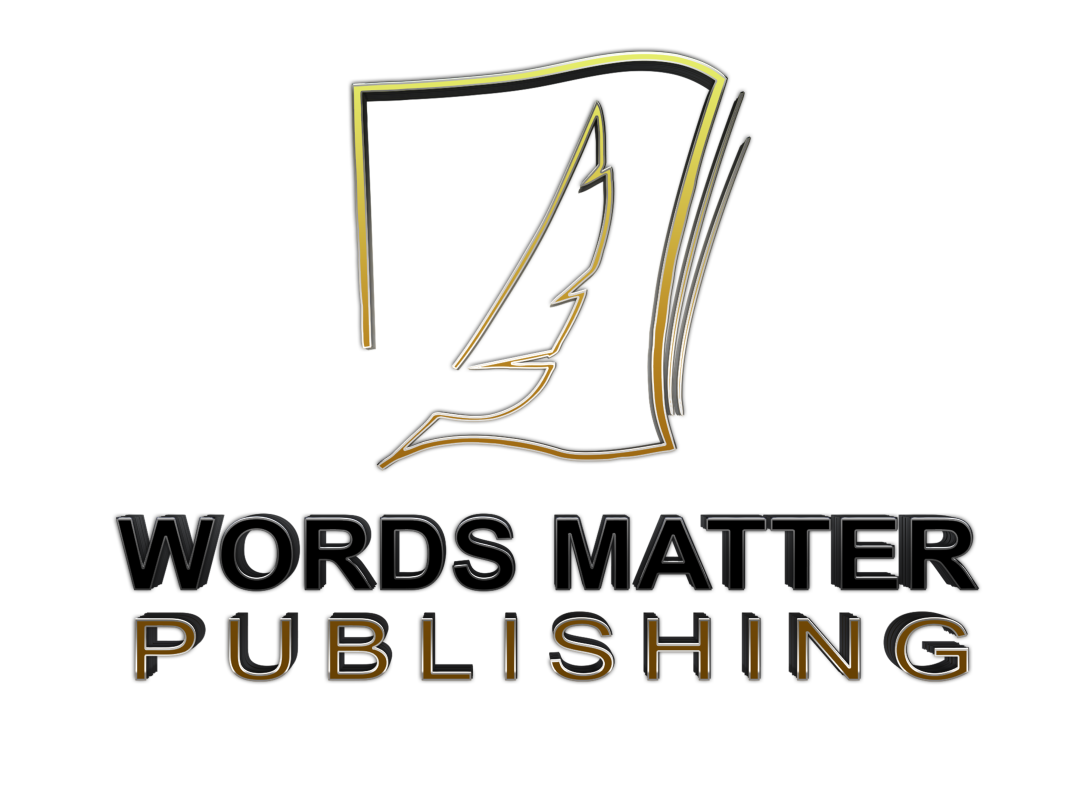
Turning Story Sparks Into Solid Structure—Without Losing the Magic
Every story begins with a spark. Maybe it’s a character who won’t leave you alone. A setting that haunts your dreams. A single line of dialogue that whispers, Write me.
But the space between a brilliant idea and a finished book? That’s a chasm many writers fall into.
You’ve got the idea. Now what?
That’s where outlining comes in—a tool not to constrain your creativity, but to clarify and amplify it. In this guide, we’ll walk through how to take that glimmer of inspiration and transform it into a detailed, flexible, and story-rich outline that keeps your writing focused and flowing.
Why Outlining Matters (Even If You’re a “Pantser”)
Some writers resist outlining because they love the thrill of discovery. And that’s valid. But an outline doesn’t mean you’re locked in. Think of it as a map, not a prison.
Here’s what a strong outline does:
- Helps you avoid plot holes and dead ends
- Keeps your pacing sharp and your character arcs strong
- Gives you direction during tough writing days
- Makes revision a thousand times easier
Even a loose outline is better than wandering in the wilderness.
Step 1: Start With the Core Concept
Before you worry about scenes, start with the beating heart of your story. Ask yourself:
- What is this book about at its core?
- Who is the main character, and what do they want?
- What’s the conflict, and what’s at stake?
Try distilling your idea into a one-sentence pitch, also known as a logline:
“A socially awkward teen discovers she’s the heir to a magical realm and must embrace her destiny to stop a civil war.”
This becomes your North Star. Every scene, every chapter, should tie back to this central idea.
Step 2: Flesh Out Your Main Character
Characters drive plot. So before you build your outline, you need to know:
- What is your protagonist’s goal?
- What’s standing in their way?
- What fear, flaw, or lie do they believe?
- How will they change by the end?
The more real your character feels, the more naturally the plot will flow around them.
Bonus Tip: Consider writing a short letter from your character to you. Let them tell you who they are.
Step 3: Identify the Beginning, Middle, and End
You don’t need to know every detail to begin outlining. But you should identify three major story beats:
- The Hook (Beginning):
What moment grabs the reader and changes everything for the protagonist?
- The Midpoint (Middle):
What major reveal, reversal, or escalation reshapes the story?
- The Climax (End):
What ultimate choice, battle, or revelation resolves the central conflict?
These are your tentpoles. Your outline will stretch between them.
Step 4: Choose Your Outline Format
There’s no one way to outline. Choose a method that fits your brain:
🧱 The Three-Act Structure
- Act 1: Setup, inciting incident, first turning point
- Act 2: Rising action, midpoint, major setback
- Act 3: Climax and resolution
🌀 The Hero’s Journey
Perfect for adventure and fantasy, this structure focuses on transformation, trials, and rebirth.
🧾 The Beat Sheet (Save the Cat!)
Gives you 15 specific plot beats to hit across your novel’s arc. Great for commercial fiction.
🧠 The Mind Map
Visual and nonlinear, perfect for creatives who think in webs, not lines.
🪶 The Chapter-by-Chapter Breakdown
Ideal for planners. Lists every chapter, scene, and purpose ahead of time.
Choose one—or mix and match!
Step 5: Fill in the Gaps With Key Questions
For each major section, ask:
- What does my character want here?
- What stands in their way?
- What’s the emotional beat?
- What changes between the start and end of the scene?
Answering these creates a cause-and-effect chain that becomes your story’s spine.
Step 6: Add Subplots and Supporting Cast
Once your main arc is in place, layer in:
- Subplots that tie into the main theme
- Supporting characters with goals of their own
- Emotional beats that deepen reader investment
Every subplot should mirror or contrast your main arc. Nothing should feel random.
Step 7: Stay Flexible
Your outline is a living document. Don’t be afraid to:
- Move scenes around
- Add or delete chapters
- Change outcomes as characters grow
Outlining gives you clarity—but the magic is still in the writing. Let surprises happen.
Final Thoughts: Build Before You Begin
Outlining isn’t a chore—it’s a gift to your future self. It saves you from the middle-of-the-book meltdown, keeps your momentum strong, and ensures that your story has depth, direction, and purpose.
You don’t need to have it all figured out. But starting with even a rough outline can mean the difference between a story idea that fades and a finished book that flies.
So take that spark—and build your blueprint.

